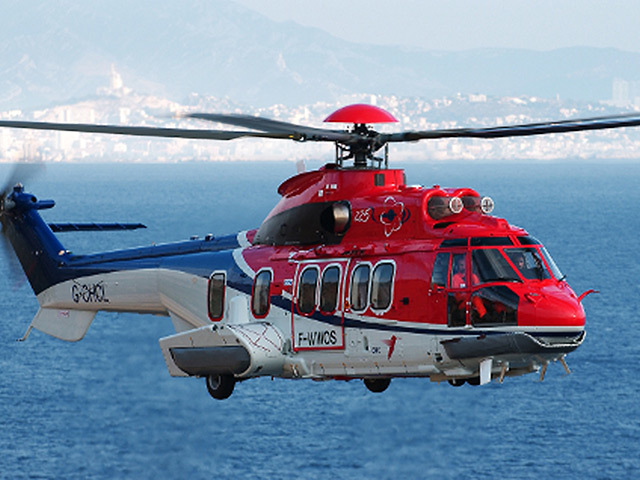
Witnesses of a fatal North Sea helicopter crash saw an “explosion in the sky” as the aircraft’s main rotor detached, a new report said.
Norwegian investigators said “many” people saw the accident near Bergen, which claimed the lives of 13 people a year ago today, including Aberdeenshire man Iain Stuart.
Onlookers reported seeing “yellowish red flames” and a spray of components coming from the engine on top of the helicopter after the rotor detached, according to the preliminary report from Accident Investigation Board Norway (AIBN).
Investigators confirmed yesterday that the rotor broke off due to a “fatigue fracture” in one of the Super Puma 225’s gears, but they are still trying to find a root cause.
AIBN said it still did not know why a crack in one of the cogs had continued to spread inside the component.
AIBN found no evidence linking the development of the crack to the involvement of the gearbox in a road accident during transport and prior to installation.
Investigators said there were “clear similarities” between last April’s crash and a Super Puma accident off Peterhead in 2009, when 16 people died.
Following the report’s publication, the UK Civil Aviation Authority confirmed flight restrictions on the Super Puma 225 and AS332L2 models would remain in place.
The accident on April 29, 2016, led to the deaths of 41-year-old Mr Stuart, 10 other passengers and the two crew members on the Airbus Super Puma 225.
The aircraft had been on a return journey from Statoil’s Gullfaks B platform to Bergen Airport when its main rotor suddenly detached.
Flight data showed the CHC Helicopter-operated Super Puma dropped 2,000ft in the final few seconds of its journey.
Yesterday’s report reiterated that the fracture had developed in such a way that only a limited amount of debris was produced, and was therefore not detected by the Super Puma’s safety systems.
AIBN said the crash off Peterhead, which involved a different model of Super Puma, was also caused by a fatigue fracture.
And while one warning of a possible gear fracture was recorded in 2009, there was “no advanced warning” in last year’s accident.
AIBN said: “We will continue the investigation into how and why two similar catastrophic accidents could happen to near identical helicopters only seven years apart.”
Airbus and CHC both said they were fully committed to supporting the ongoing investigation and offered their sympathies to the bereaved families.
Airbus chief executive Guillaume Faury said: “We wish to express our deep regret at this tragedy, and again, we offer our sincere and profound sympathies to the bereaved families.to the bereaved families.
“Since the accident, we have been providing our full and complete support to the investigation.
“We have had regular technical meetings with the authorities as well as with all relevant helicopter industry bodies.
“We look forward to every opportunity to discuss with them the safety recommendations and technical points arising from the report.
“We are totally committed to transparency in all matters regarding aviation safety and international helicopter regulations.”
Recommended for you

